 Abraham Lincoln
If given the truth, the people can be depended upon to meet any national crisis...
Abraham Lincoln
If given the truth, the people can be depended upon to meet any national crisis...
 Guildford news...
for Guildford people, brought to you by Guildford reporters - Guildford's own news service
Guildford news...
for Guildford people, brought to you by Guildford reporters - Guildford's own news service
Birdwatcher’s Diary No. 167
Published on: 5 Aug, 2018
Updated on: 17 Aug, 2018
By Malcolm Fincham
In spite of the wealth of wildlife just beyond my doorstep, I sometimes find it sad to think of how things have changed in Surrey over the past few decades.
None less so than with our butterflies brethren. Of our current 41 resident or regular migrant species, 24 have declined in abundance since 2000. And we have even lost a few that could once be seen in the Surrey countryside.
Now lost to Surrey are pearl-bordered and small pearl-bordered fritillaries.
My nearest sightings of Duke of Burgundy butterflies have been at Noar Hill, in Hampshire.
While wall brown butterflies can still be found in Sussex.
My light-hearted personal challenge again this year to see and photograph all 42 current ‘Surrey’ varieties had amounted to 35 by mid July. And I still on target to achieve my aim.
Another trip to Thursley Common on July 21, added another species to my ‘year list’. Although grayling butterflies are mostly confined to coastal habitats in Britain, they can still be found on several inland heathlands.
Grayling populations have recently begun to decline nationally, and while they are not globally endangered, the species is now considered a priority for conservation efforts in the UK.
The males tend to be territorial, sitting in wait for a female to pass by. Looking for movement, it will sometimes, mistakenly, chase another butterfly species, or in our case, Dougal’s brightly coloured T-shirt!
A butterfly that does seem to be doing well this year, even found in heathland areas, is the holly blue.
Not forgetting, small copper butterflies, also seen there.
The constant humming sounds of a variety of bees could be heard, coming from the heather still in blossom. These included what I found to be a few especially attractive heath bumble bees.
A female black darter dragonfly also glistened in the sunlight, as it dashed back and forth over the heather, occasionally settling.
While a brown hawker proved more difficult to photograph, as it constantly remained in flight, during my time there.
Just a few days later I visited the chalky hillside of Guildford’s Pewley Down.
Chalkhill blue butterflies had just started to emerge, with both males and females out on the wing.
A second brood of small blue butterflies could now be found there.
Brown Argus were also in good numbers, although sometimes confused with the female common blue.
The amount of blue present in a female common blue can be highly variable, with individuals ranging from almost completely blue through to completely brown.
The brown Argus normally has a prominent dark spot in the centre of the forewings.
A few small heath butterflies could also be found.
As well as Essex skippers.
However, gatekeeper butterflies were the most abundant throughout the countryside by the last week of July. On the chalk of the North Downs, chalkhill blues were now ample in number.
Coming to the end of their reign for the year were marbled white butterflies. Only spotting one lonely soul, during my time there.
On July 27 I visited Whitmoor Common, just north of Guildford. To some, it often gives the appearance of being just a baron stretch of heathland. Especially in late July, now that many of our birds had suppressed themselves from their mating songs.
Even our local blackbirds appeared to have denounced from their fluty song for the rest of the year.
The first rain for over five weeks, that afternoon, backed up by some thunder and lightening, was short lived.
However, it assisted the silence of my avian pals, a few contact calls could still be detected for a while as the rain eased off.
An adult green woodpecker, warning its young of my presence, was my first notable sound as I sauntered, slowly from the car park towards the open heathland.
Eventually, I spotted one. It was feeding in an area already regenerating itself from the fire just over a month ago.
Out of the silence, a great spotted woodpecker also announced Its presence by its loud call.
Flitting about in the silver birch saplings were several Dartford warblers, occasionally making their “scratchy” contact calls.
A constant sound like stones being clicked together alerted me to a family of stonechats conversing with each other.
Long-tailed tits appear to have had another good year in most areas around Guildford. This seemed very much the case on Whitmoor Common too. With families of adults with young passing through the silver birches in “pods” of a dozen or more.
A few male linnets were also present, still colourful in their summer plumaged bright red tunics.
Also spotting two kestrels. One of which perched on the wires overhead that run across the heathland.
And even capturing a few pictures of a female blackcap, still collecting food for its young.
The most secretive of the birds residing on Whitmoor Common during the summer months are nightjars.
These ground-nesting birds remain incognito for the most part during daylight hours. But they are prone to disturbance from dogs, let to roam freely across the heather.
Although having had the privilege of getting some “lucky” shots in previous years, the best I’ve acheived, this year, have been a few twilight photos.
By the following day the high temperatures had cooled to a comfortable low 20s centigrade. A much appreciated cool breeze, enriched by sunny periods, enticed Dougal and I to venture out for a couple of hours to investigate the previous day’s reported sighting of a white stork near St Catherine’s Lock, near Shalford.
Although not a great rarity to see in the UK, the last pair to successfully bred in the wild in the UK nested on St Giles’ Cathedral in Edinburgh in 1416. The Hundred Years War was raging and Henry V had just defeated the French at Agincourt!
Projects are currently under way seeking to bring storks back to southern England. This includes one at Knepp Estate, West Grinstead, near Horsham in West Sussex. https://www.rewildingbritain.
They are perfectly suited to reintroduction, and the aims are to establish a self-sustaining population in Sussex by 2030. In hope of setting them to breed in the British countryside for the first time in more than 600 years.
The Saxon name for the village of Storrington, near Worthing, was originally “Estorchestone”, meaning “the village of the storks”. A pair of white storks still features on the village emblem.
While other place names in the area, such as Storwood and Storgelond, evoke the stork’s historical presence there.
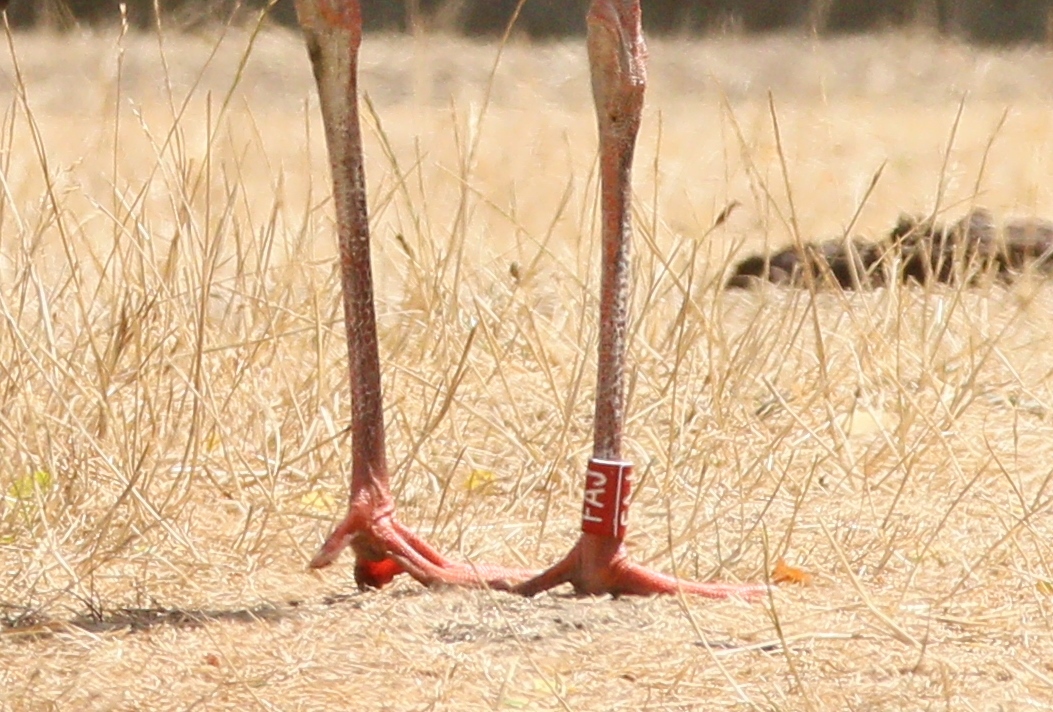
White stork. “Knepp” birds have single blue rings on them, with ‘GB’ and two digits. This one has a red ring. It is believed to be of the same scheme.
Storks make nests of towering piles of sticks built up year after year, some so big that many other bird species will nest within them: they can make a significant difference to the availability of sites for some species. Partly because they are happy nesting on buildings, the folklore and cultural traditions surrounding storks are among the richest involving any bird species.
My attempts to do my own little bit for nature in my small garden seems to have had some success in the past week or so – managing to entice a few critters by growing additional insect-friendly plants.
Although rather vigorous in their growth, buddleia shrubs are ideal for attracting a variety of butterflies, as well as bee species.
Among the butterflies, a pair of small whites could be seen in a mating ritual.
Although still trying to capture a picture, I have twice had a hummingbird hawk moth come to visit the buddleia during the past few weeks. Running indoors to grab my camera only to find on my return it had gone! Leaving me to have to show a picture of one I took last year.
Verbena plants have also done their bit to attract a variety of species. Especially in the way of bees.
Looking up into the evening sky during the last week of July, our local swifts had begun to occasionally group-up, screaming in unison, in some kind of conversation with each other, before parting again in small groups.
By the end of the month the skies had silenced to their sound. With just a few now seen passing though. It seems our local ones had already begun their return to Africa?
Responses to Birdwatcher’s Diary No. 167
Leave a Comment Cancel replyPlease see our comments policy. All comments are moderated and may take time to appear.

See Dragon story: GBC’s Explanation of Major Land Sale Notice Error ‘Borders on Arrogant’ Says Councillor




Recent Articles
- Volunteer Organisers for the Poppy Appeal Urgently Needed
- ‘Damning’ Report Debated at Council Meeting – CEO Calls for Councillors to Come Together
- Surrey Children’s Services Improvement Recognised by Ofsted
- Independent Guildford Stationers Are ‘Top of the Shops’
- Birdwatcher’s Diary No.304
- Cyclist Dies in Peaslake
- Surviving Strategic Director Quits to Take Up CEO Role with a West Sussex Council
- Letter: Damning Reports Should Not Be Used to Gain Political Advantage
- New Leader of the Opposition at Waverley
- Surrey Day’s Celebrations Took to the Skies


Recent Comments
- Olly Azad on Mistreated Former Sub-postmasters Receive Standing Ovation
- Barry Jutsum on Letters, Comments, Complaints Policy and Privacy Statement
- Aubrey Leahy on Guildford Police Station to Close – Officers to Move to Mount Browne HQ
- John Ferns on Guildford Police Station to Close – Officers to Move to Mount Browne HQ
- Barry C Williams on Letter: Cross-party Effort Required to Improve Police Resourcing in Surrey
- Anthony Mallard on Guildford Police Station to Close – Officers to Move to Mount Browne HQ
Search in Site
Media Gallery
Dragon Interview: Local Artist Leaves Her Mark At One of England’s Most Historic Buildings
January 21, 2023 / No Comment / Read MoreDragon Interview: Lib Dem Planning Chair: ‘Current Policy Doesn’t Work for Local People’
January 19, 2023 / No Comment / Read MoreA3 Tunnel in Guildford ‘Necessary’ for New Homes, Says Guildford’s MP
January 10, 2023 / No Comment / Read More‘Madness’ for London Road Scheme to Go Ahead Against ‘Huge Opposition’, Says SCC Leader
January 6, 2023 / No Comment / Read MoreCouncillor’s Son Starts Campaign for More Consultation on North Street Plan
December 30, 2022 / No Comment / Read MoreCounty Council Climbs Down Over London Road Works – Further ‘Engagement’ Period Announced
December 14, 2022 / No Comment / Read MoreDragon Interview: GBC Reaction to the Government’s Expected Decision to Relax Housing Targets
December 7, 2022 / No Comment / Read MoreHow Can Our Town Centre Businesses Recover? Watch the Shop Front Debate
May 18, 2020 / No Comment / Read More















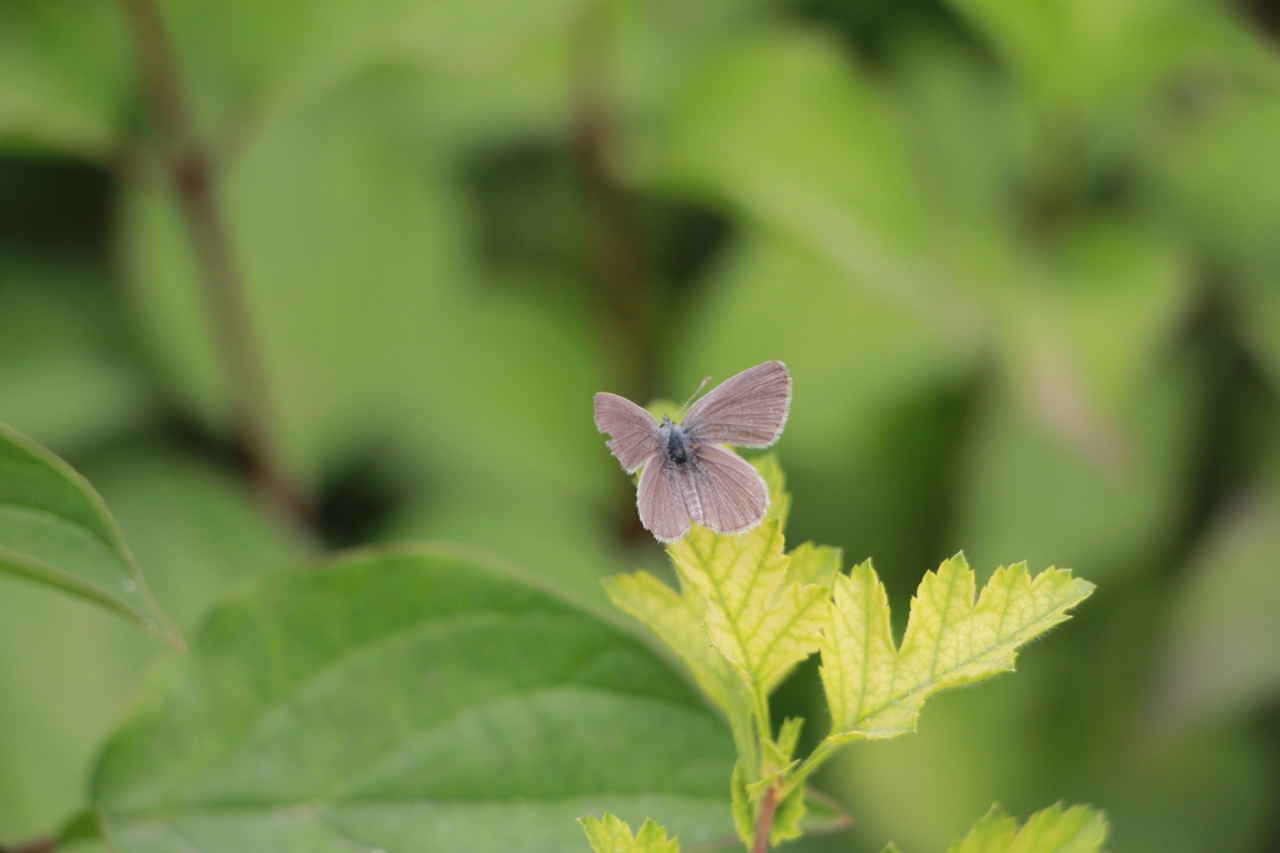
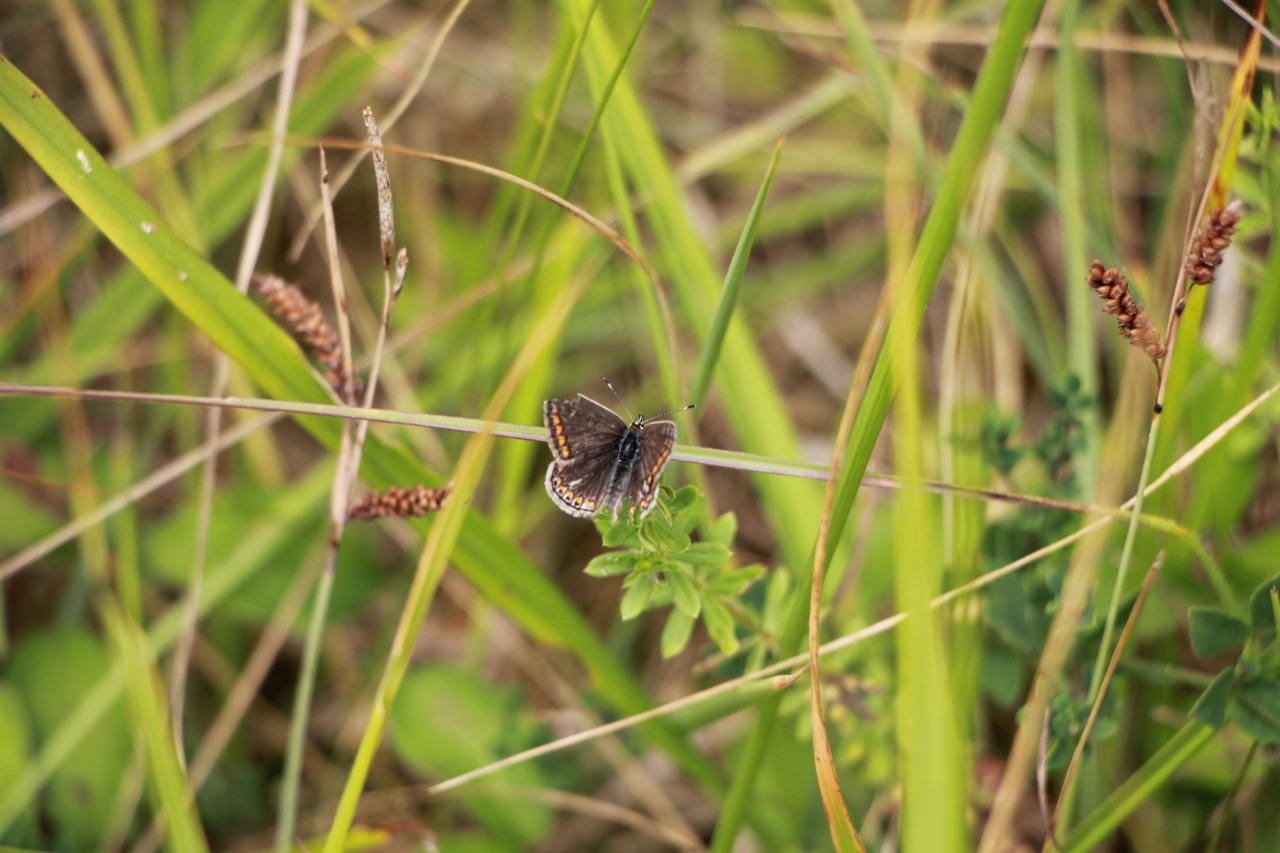








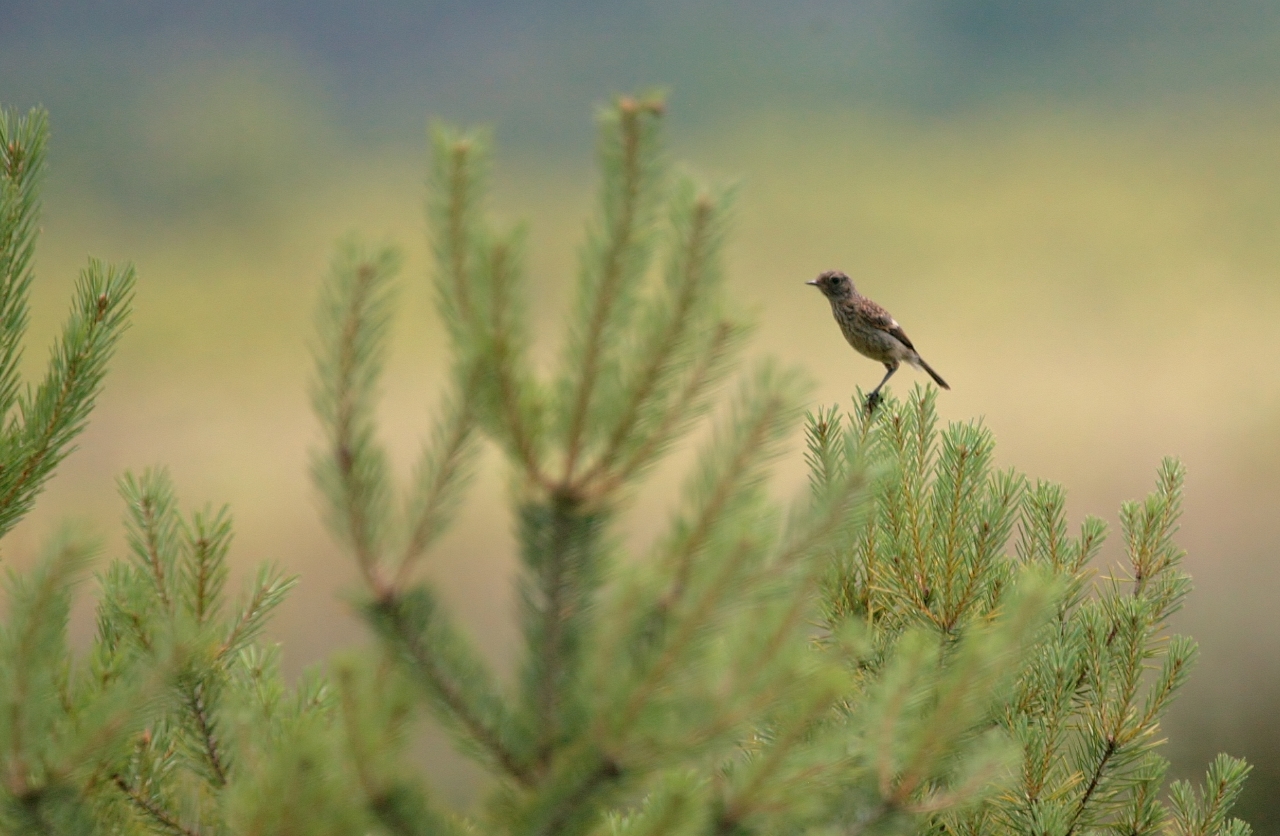



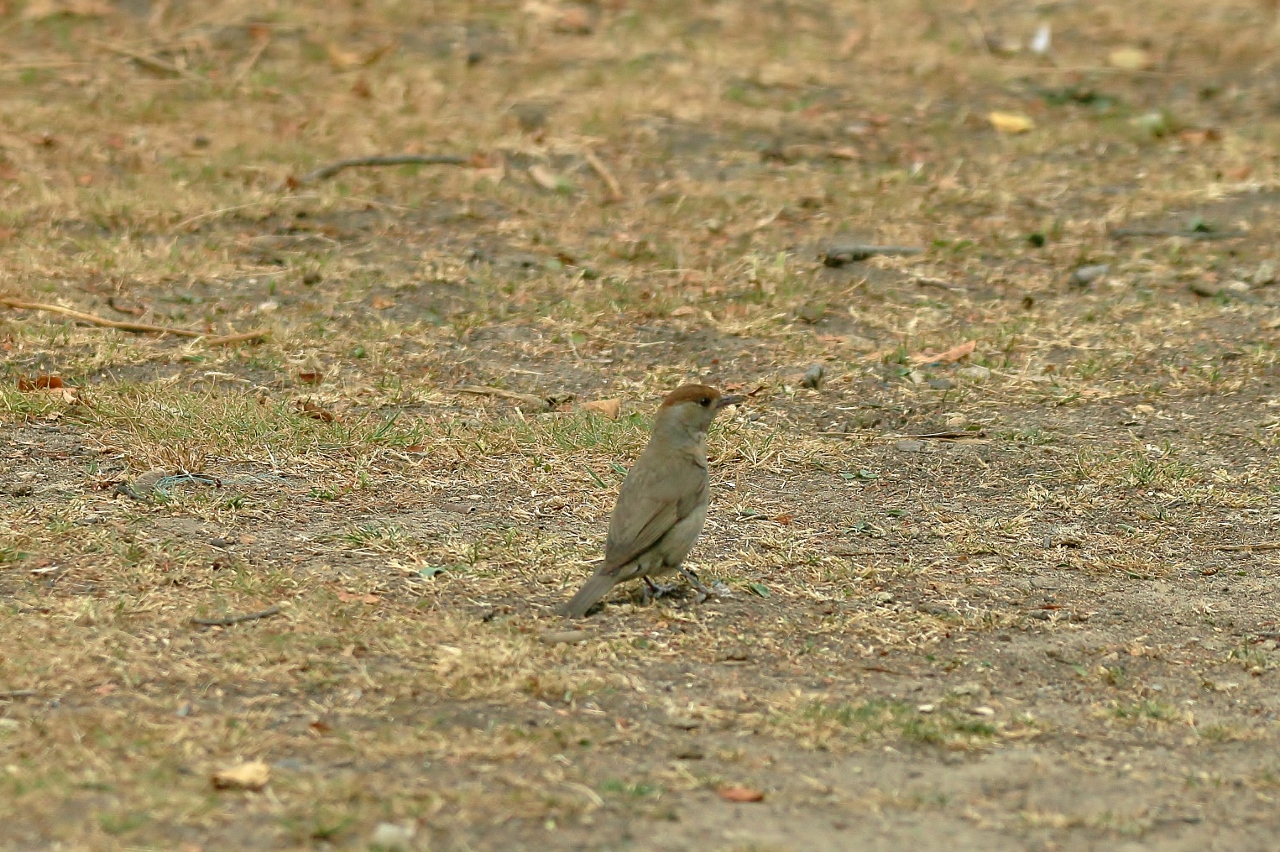







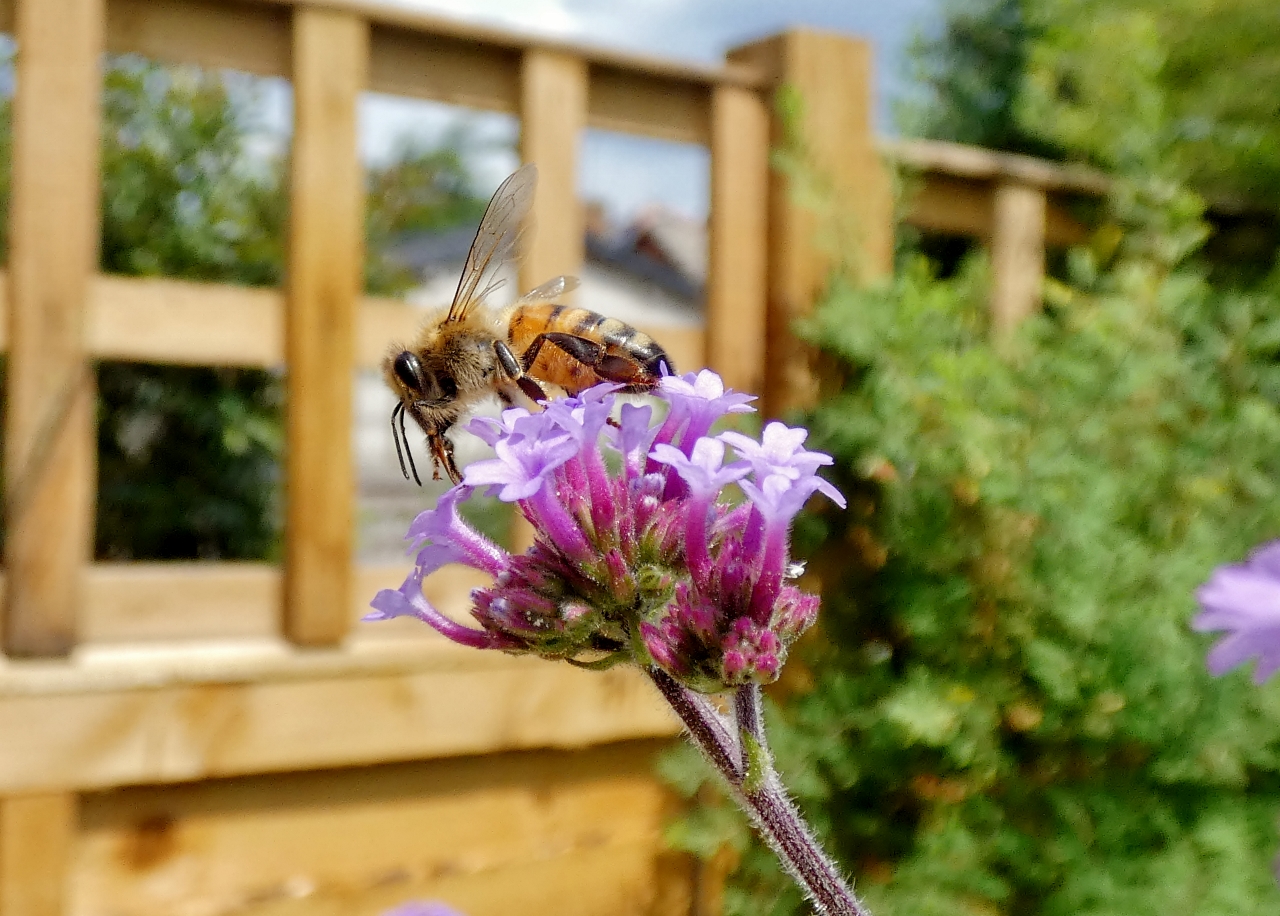





James Sellen
August 7, 2018 at 10:32 pm
Excellent report – great photos 🙂
Steve Simnett
August 8, 2018 at 5:00 pm
Another great report from Malcolm Fincham. Very informative and educational.
Thank you.